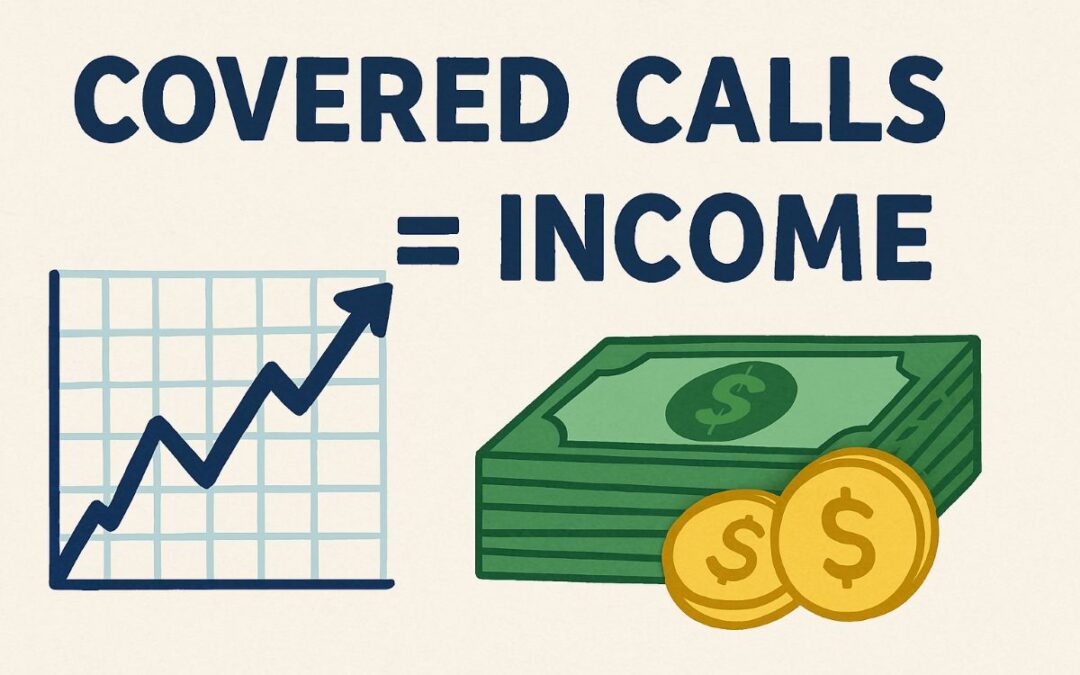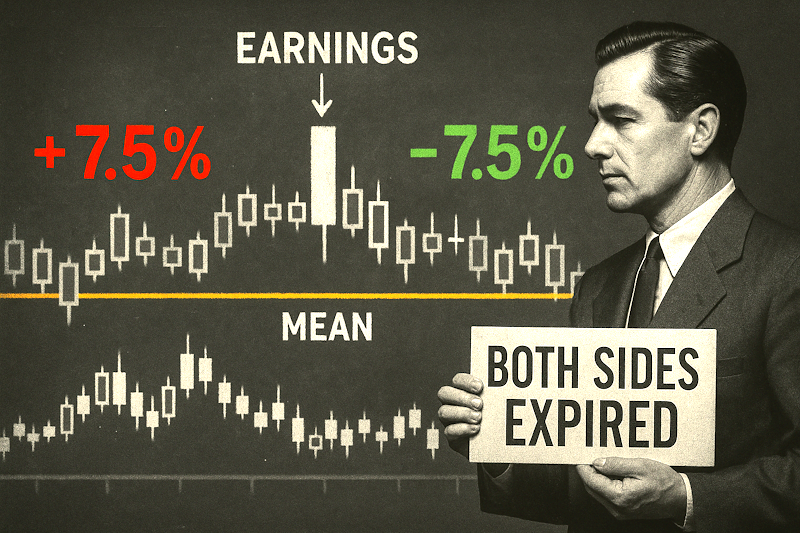Sometimes, life pulls you away from the screens. Maybe it’s a vacation, a busy week, or just needing a break.
But when you’re ready to dive back into the markets, how do you quickly get a sense of where things stand?
For me, it starts with a simple question: Are we above or below the opens?
Why Opens Matter
The opens — whether daily, weekly, or monthly — act as psychological markers. They’re the starting lines for market races, telling you who’s in control: buyers or sellers.
If we’re trading above the day’s open, it signals bullish sentiment for the session. Above the week’s open? That’s a broader positive trend. And if we’re above the month’s open? That’s an even stronger indicator.
My Quick Sentiment Routine
Here’s how I gauge market sentiment, even after time away:
- Start with the S&P 500 – I always begin by checking the S&P 500 (futures ticker /ES), the “big dog” of the market. Is it trading above or below its opens? If it’s above the month, week, and day opens, that’s a strong bullish signal. If it’s below, the bears are likely in control.
- Look at Other Key Indices – After the S&P, I glance at the Nasdaq (futures ticker /NQ) for tech trends. As for the Dow? It’s a price-weighted index, and frankly, it doesn’t hold much weight for me, but you can look at /YM if you want to check Dow futures.
- Dive into Specific Assets – If I’m trading commodities like crude oil or gold, I check their opens as well. Are they above or below the month and week opens? This quick snapshot can reveal a lot about supply, demand, and overall momentum.
The Power of a Quick Glance
This isn’t about overcomplicating things.
If I see that we’re above all key opens — daily, weekly, monthly — I know I can fairly safely lean bullish.
If we’re below? It’s time to lean bearish or sit on the sidelines.
And if the opens are all over the place, creating a “Christmas tree” of mixed signals?
Those are the times I do the hardest thing in trading — you know what I’m talking about. That’s when I have to sit on my hands to avoid placing trades until we get some clearer trends.
My Takeaway
Checking market sentiment doesn’t have to be complicated. With just a glance at the opens, you can get a strong sense of market direction and set yourself up for smarter trades.
So, the next time you find yourself returning to the markets after a break, remember this routine. It’s quick, effective, and can save you from chasing bad trades.
— Geof Smith
P.S. This coming Monday, NVDA is coming out with a huge announcement. And Jack Carter is sharing his exact plan for trading it right here.



